Of The World
-
About this Collection
Foreign peoples lived at the Fair in homes constructed much like those at home.
Many of the building materials for these houses were imported from the native country. Native craftsmen constructed the buildings using their own techniques. For instance, many of the Japanese buildings were constructed with special saws and no nails.
Visitors did not have to walk far to see Eskimo seal tents, Kickapoo domed winter houses, Bedouin tents, Patagonian dwellings made of guanaco skins and delicately painted Japanese homes. The Philippine Reservation included over 100 buildings ranging from thatch-roofed huts balanced in trees to formal homes reflecting Spanish influence like those found in Manila.
St. Louisans marveled at the different types of houses, probably much the same way that the foreign peoples marveled at the Fair’s exhibit buildings and pavilions.
-
Igorot House
There were two Igorot groups at the 1904 Fair, the Bontoc and the Lepanto, both of whom were from Luzon. The Bontoc were the more warlike of the two groups, and were well-known as headhunters, although they also cultivated rice and sweet potatoes. The Lepanto were noted as skilled miners and workers of copper and gold.
-
Igorots building a conical house
Filipino carpenters arrived in St. Louis in October 1903 to begin constructing the Philippine Village at the Louisiana Purchase Exposition. The Village consisted of nearly one hundred buildings on about 47 acres of ground in present-day Clayton, Missouri.
-
Kickapoo lodge and brave White Horse
Kickapoo houses (wiikiaapi) were built of elm bark and rush mats placed over a vertical framework of saplings. Transportable domed winter houses were oval in shape.
Native American man (Kickapoo), White Horse, dressed in a decorated fringed leather shirt and leggings, and feathered headdress, stands by a domed house made out of bark. A totem pole is visible in the background.
-
Maricopa Indians
The Pima man in the photograph has been identified as Chief Blue Wing, with his family.
A bearded man and three women beside their dwelling. Examples of basketry, pottery and other artifacts are also shown.
-
Moros carrying building materials
Contrary to the caption provided for the photograph, the two Moro women are carrying long hollow poles, which seem to be used for construction of their houses on the grounds of the Philippine reservation at the Louisiana Purchase Exposition.
The Samal Moro village consisted of seven houses, an administration building and theater. It was at this theater that native dances and music were presented.
-
Patagonian camp made of guanaco skins
The characteristic weapon of the Tehuelche Indians was the bola -- three stone balls attached by leather thongs. Bolas were thrown at the legs of the prey, bringing it crashing to the ground. The method was effective for hunting the guanaco and the rhea, the South American ostrich.
-
Stalwart Basutos (So. African aborigines) and their extraordinary homes, World's Fair, St. Louis
-
Tree dwelling on the Philippine reservation
Samal Moros built their home over the water, while the Lanao Moros built theirs on land, often perched in trees.
The Moro tree house was located in the court of the Ethnology building in the Philippine exhibit. The Moros, Philippine Muslims, came from the interior of Mindanao Island.
-
Wichita grass lodge
Wichita men in traditional costume standing in front of a woven grass hut. A sign, in front of the lodge, reads "No photos."
The Wichita Indians came to the Louisiana Purchase Exposition from Oklahoma.
-
Mangyan house and man
The Mangyans lived on the Philippine island of Mindoro. The term Mangyan is a generic name for the diverse groups inhabiting the moutains and foothills.
-
Pygmies from Central Africa. Their architecture.
-
Family of Moros outside their home at Arrowhead Lake
Samal Moros built their home over the water, while the Lanao Moros built theirs on land, often perched in trees.
-
View of catamarans at the Philippine village
Catamarans decorated with American flags are docked at thatched-roofed huts at the edge of Arrowhead Lake in the Philippine Village at the Louisiana Purchase Exposition.
-
Bagobo house and family
The Bagobo village did not open until September 12, 1904 because villagers were quarantined for smallpox. But when it did open, fair-goers were invited to visit the native dwellings, to see weaving demonstrations, and hear musical performances.
-
Cliff dwellers' houses
The band of Moqui, Zuni and Pueblo cliff dwellers at the Louisiana Purchase Exposition was headed by their chief, Governor Ramos Archuleta, who in some photographs is seen holding the cane given to him in 1863 by President Abraham Lincoln and a silver medal presented to one of his ancestors in 1837 by President Martin Van Buren.
Native American men, women and children stand around a pueblo building at the Louisiana Purchase Exposition. Some are standing on the roof. The man in the foreground holds a cane.
-
Cheyenne family in their teepee
A Native American (Cheyenne) family, seated on a blanket inside a tipi, is shown in the photograph. Behind them hands a buffalo robe. The man is wearing a feathered headdress, leggings and beated moccasins; the woman a fromged shawl. She is holding a young child within her shawl. Around them are articles of clothing and other artifacts.
Twenty Cheyenne Native Americans from Oklahoma were brought to the Louisiana Purchase Exposition by Dr. George A. Dorsey.
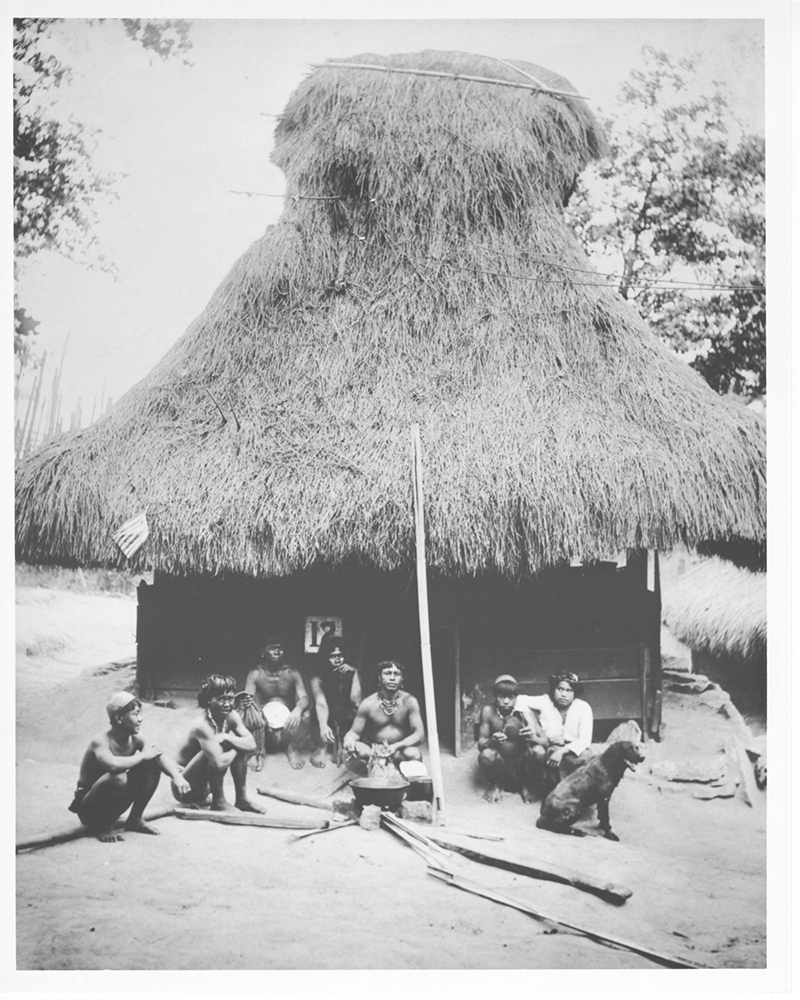 View Image
View Image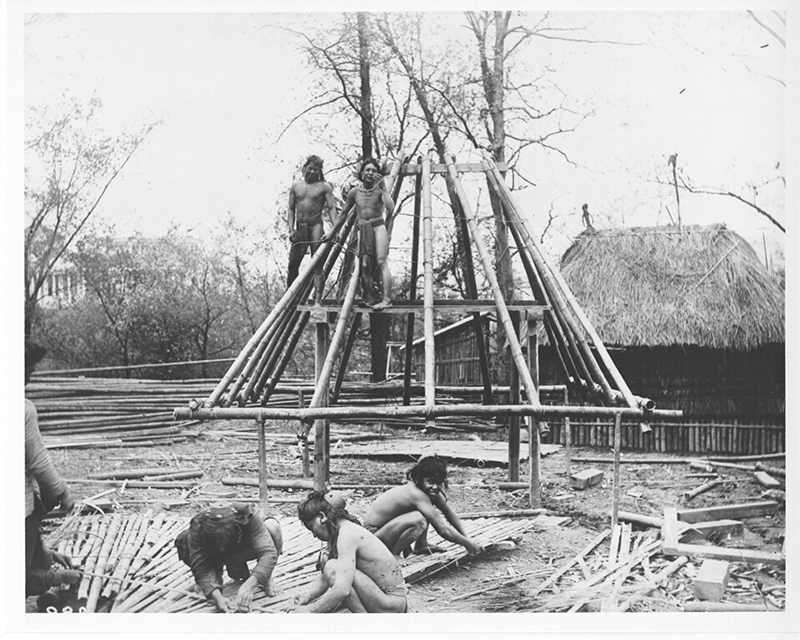 View Image
View Image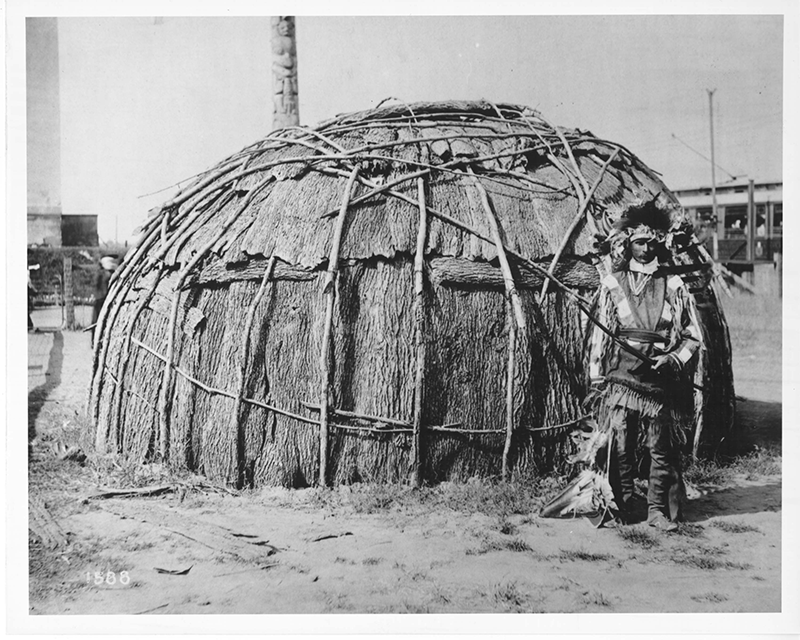 View Image
View Image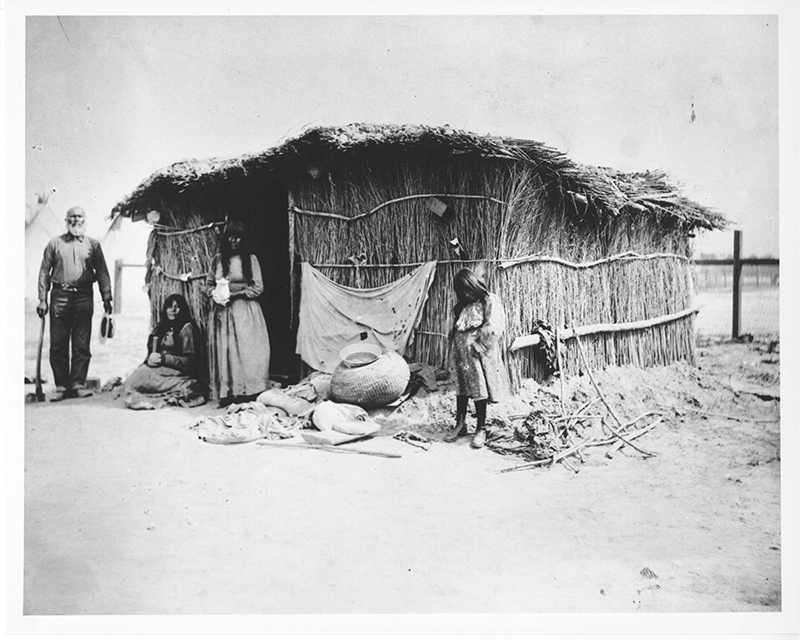 View Image
View Image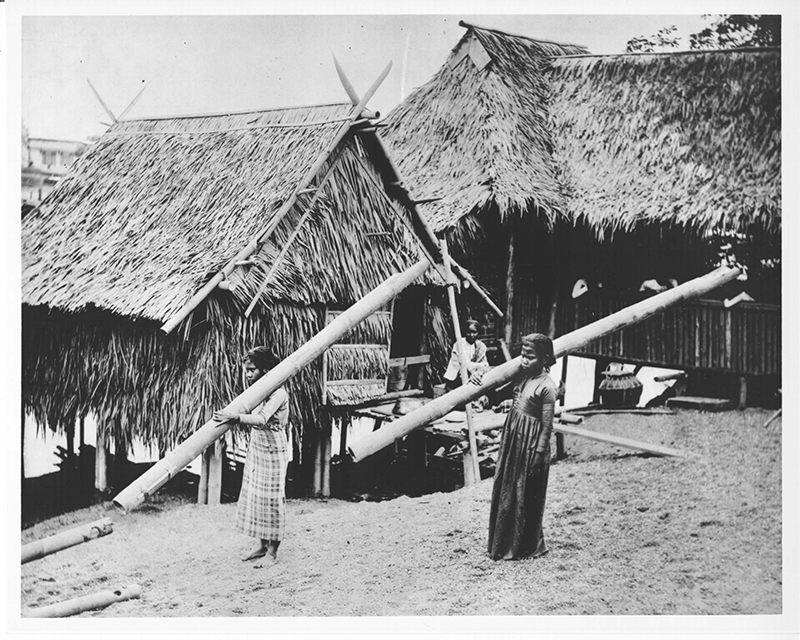 View Image
View Image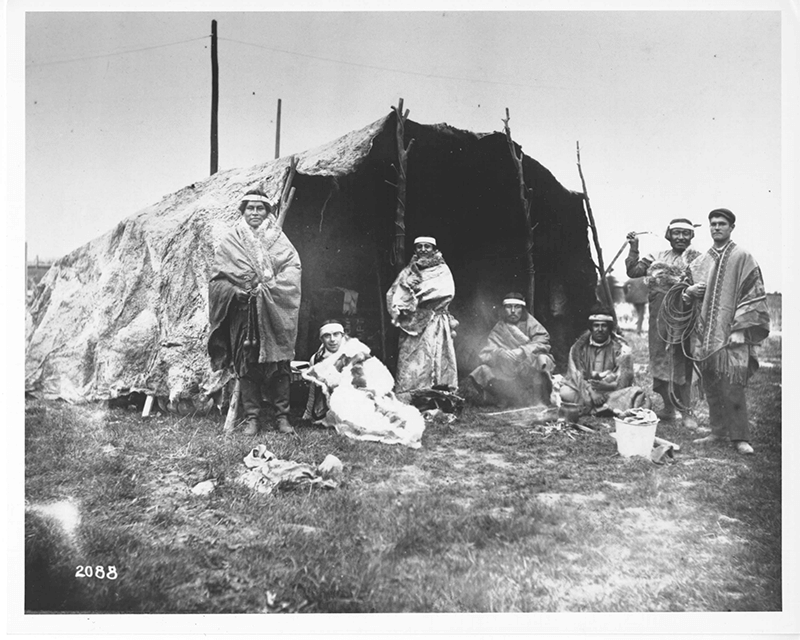 View Image
View Image View Image
View Image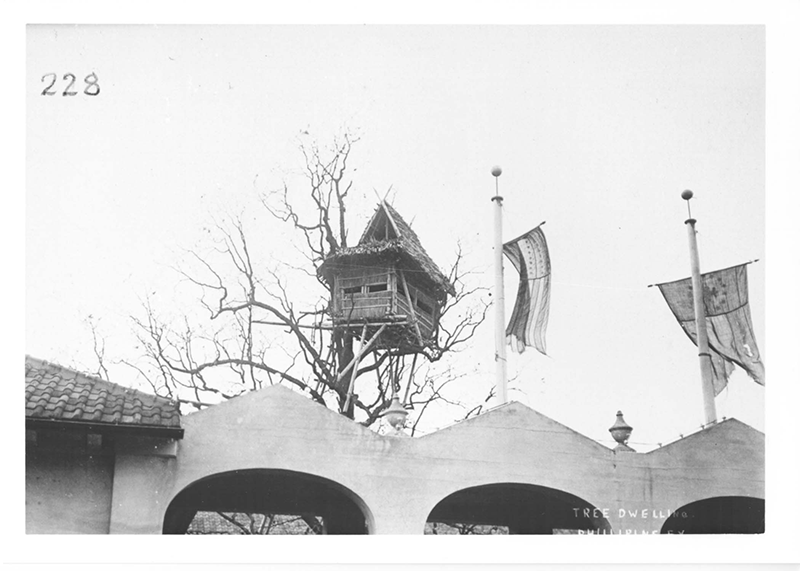 View Image
View Image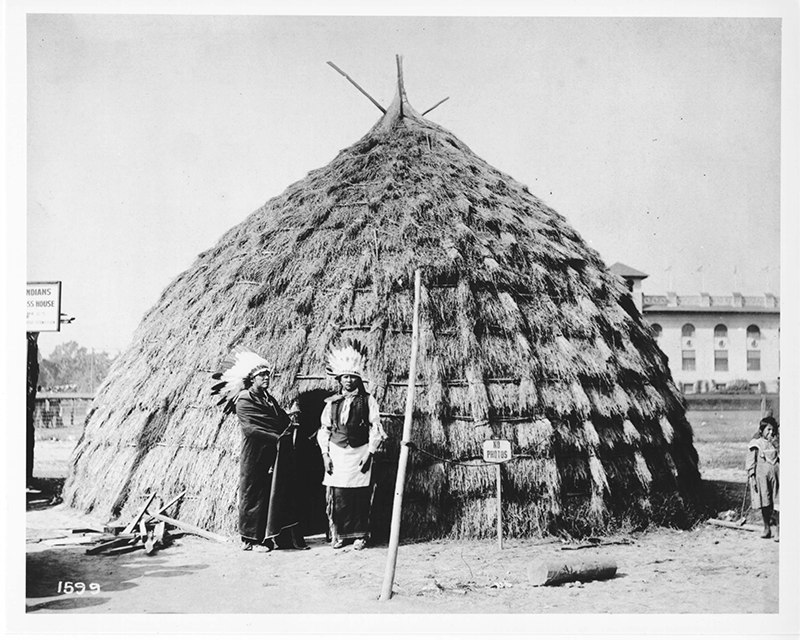 View Image
View Image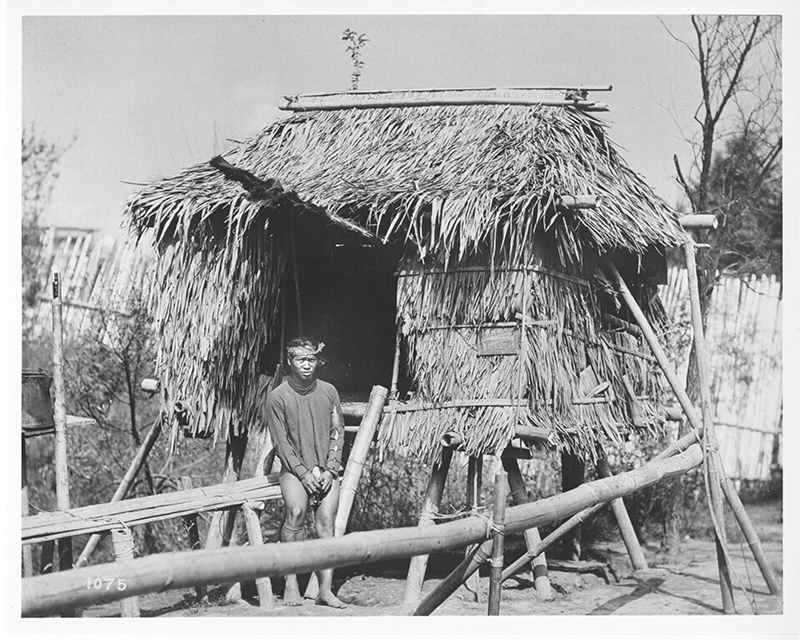 View Image
View Image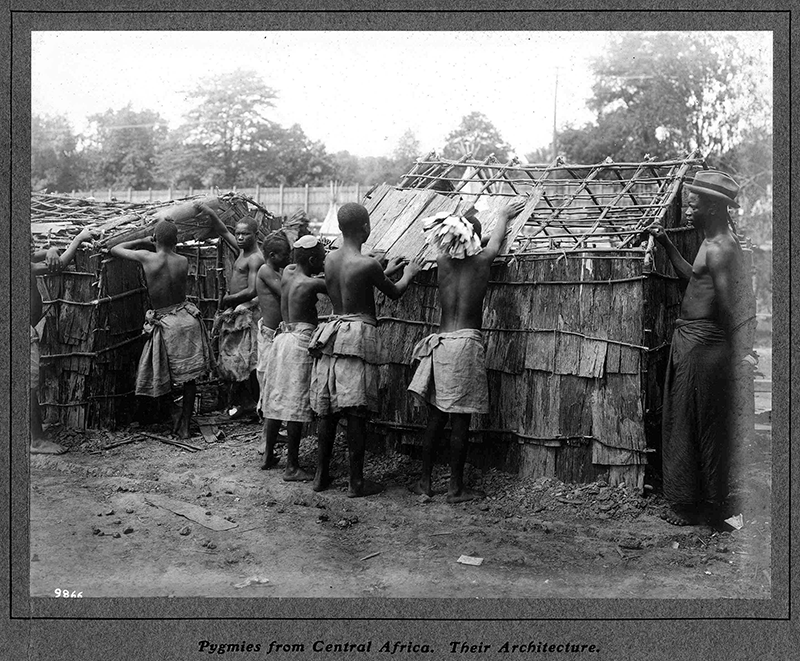 View Image
View Image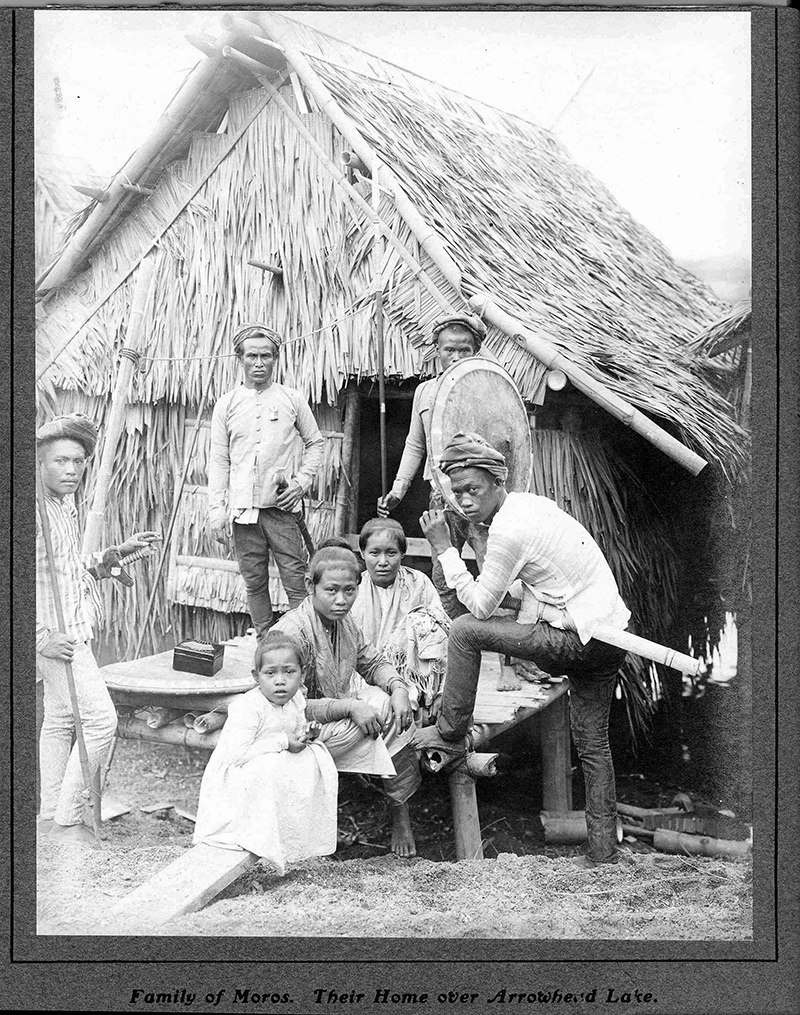 View Image
View Image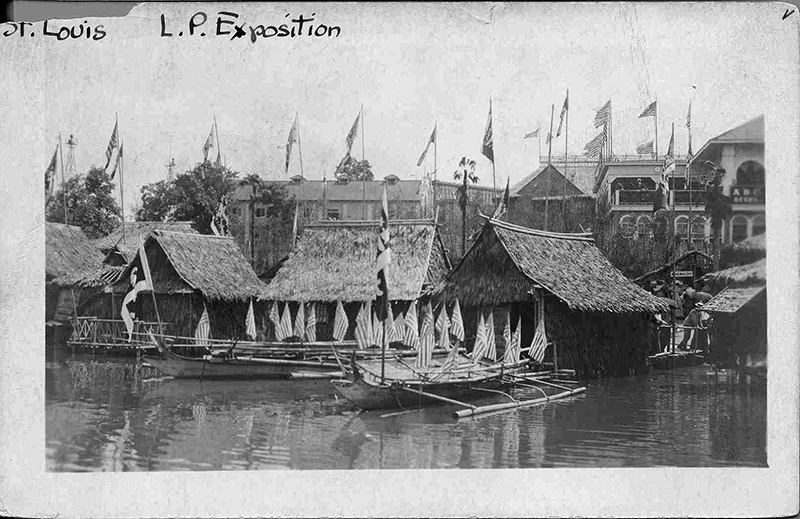 View Image
View Image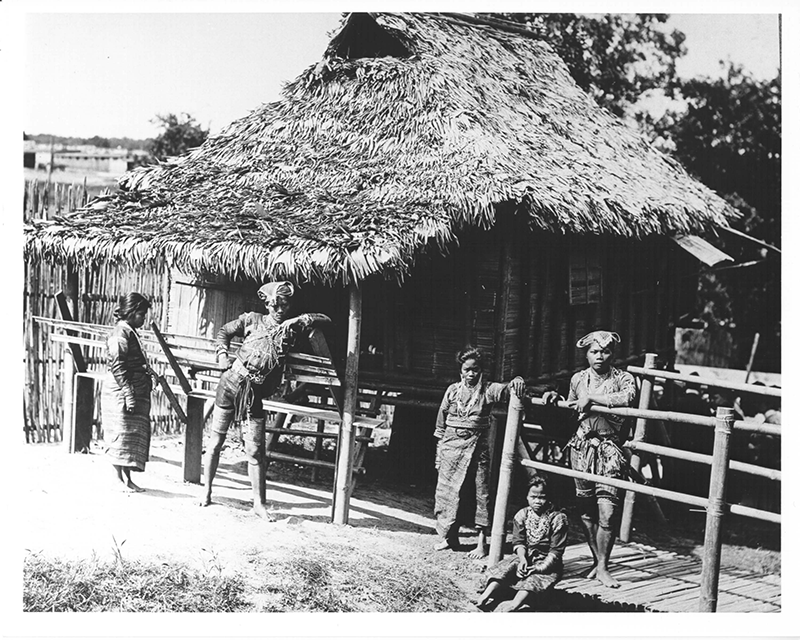 View Image
View Image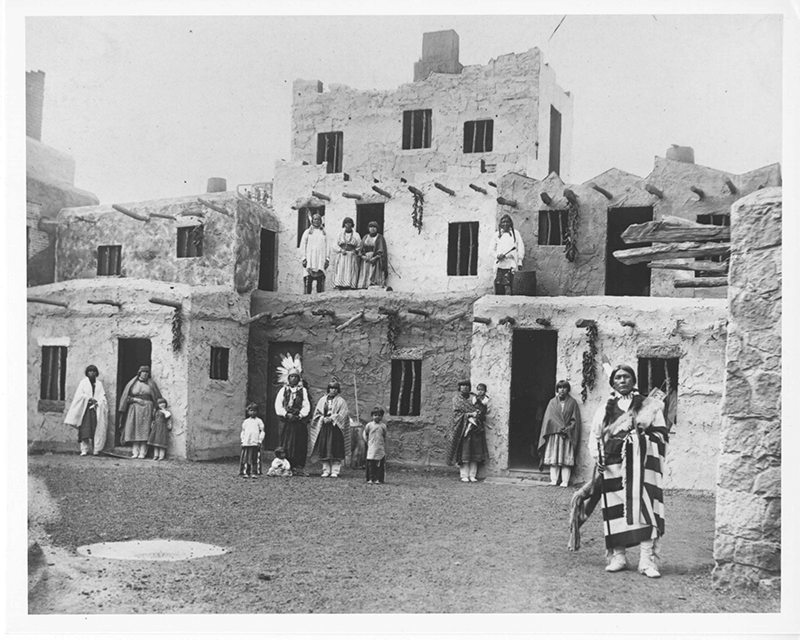 View Image
View Image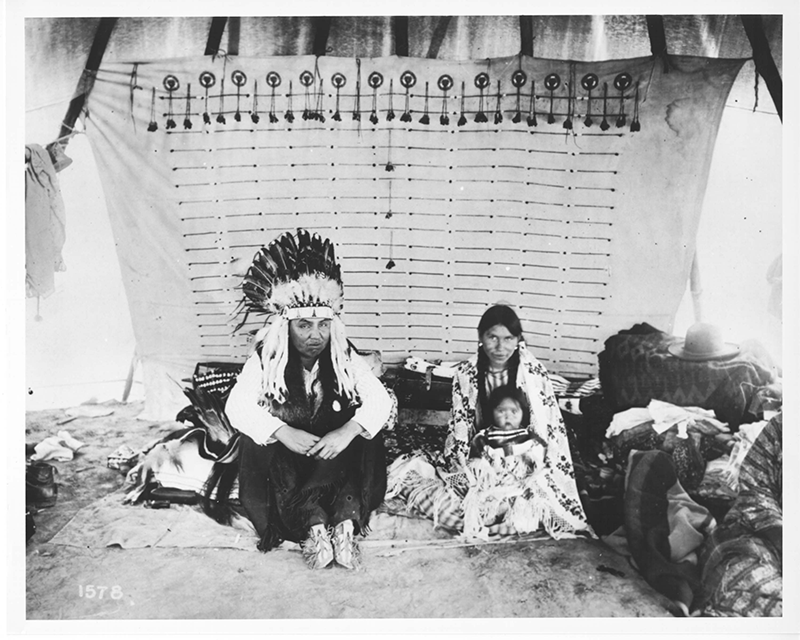 View Image
View Image